Hello everyone :) I'm quite new to R so having quite a few difficulties atm but after trying to do a t-test I'm getting this error:
Error in match.arg(alternative) : 'arg' must be NULL or a character vector
This is the code I've used:
data %>%
t.test(mean_resp_rew, condition, data = data)
data
and I'm very unsure as to what is going wrong.
Edit (not sure if this is the right way of giving reproducible data haha) the df is called data:

